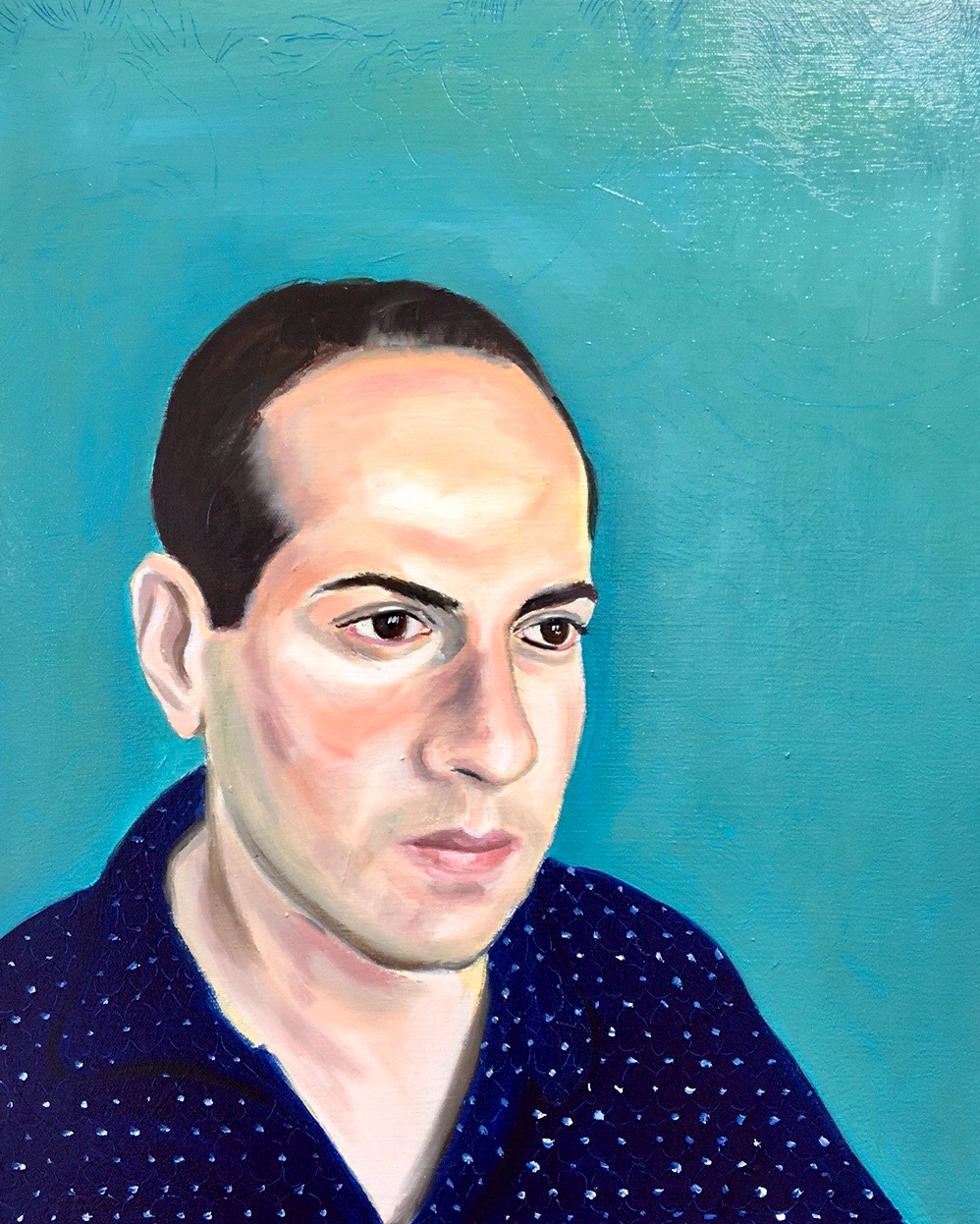Painting Cats: Foujita, Goyo, and Me
- Edward Luper
- Jan 14, 2022
- 3 min read
Updated: Jan 17, 2022
There are two main artistic influences on my cat paintings: Hashiguchi Goyo (1880-1921) and Tsuguharu Foujita (1886-1968). In this post, I'd like to talk a little bit about them and their paintings and designs of cats.
I) Hashiguchi Goyo

Hashiguchi Goyo, born in Kagoshima prefecture from a Samurai family, is most famous for his woodblock print designs of beautiful women (bijinga) that kickstarted the shin-hanga (new woodblock) movement in the 1920s. He was fascinated by traditional ukiyo-e woodblock prints in an era when westernisation was all the rage and strove diligently to revive the ukiyo-e aesthetic as well as the old Edo period artistic collaborative system of print designer, carver, printer and publisher.
But before becoming the father of the new woodblock movement, after graduating he was in fact a Western style artist, and was most influenced by William Morris and Art Nouveau. One of Goyo’s first major works were his designs and illustrations for a new novel by Soseki Natsume (later to become considered the greatest of modern Japanese writers): ‘I am a Cat’, published in 1905.

Goyo collaborated with another illustrator on ‘I am a Cat’, but it is his name that somehow gets all the credit. Goyo’s designs are full of humour: drinking cats, leviathan cats playing with humans like toy dolls, ancient Egyptian cats, patterns of fish and mice. All of this has made me a fan not only of this satirical novel of human society narrated from the viewpoint of a cat, but of Goyo himself, and I am fortunate enough to own a print by Goyo of a lady with a cat.

But it is one picture above all else by Goyo that influenced my cat paintings. The ink drawing below, with its delicate, fine lines impressed me greatly: especially the treatment of the fur. By just doing a simple band of fine lines, Goyo created the impression of a glossy, shiny, fur coat.

I adopted the same technique for my ink paintings of cats: bands of fine lines to create the impression (I hope) of a sheen. It is sad to know that Goyo died at the early age of 41 from illness. Had he lived longer I'm sure he we would have gone on to create even greater masterpieces.

II) Tsuguharu Foujita
The second artist that has perhaps had an even greater influence on my paintings of cats is Foujita. He was born into an aristocratic family in Tokyo but by his mid 20s he moved to Paris, setting up a studio in Montparnasse, moving among circles that included Picasso and Modigliani. In an early letter to his father back home, he declared: “Consider me dead until I become famous”.

An extrovert with a huge ego, he lived the stereotypical bohemian lifestyle and married 5 times. One of his major motifs however, was the cat. He adored felines and depicted them with incredible detail and meticulousness. He once said in 1926:
“The reason why I so much enjoy being friends with cats is that they have two different characters: a wild side and a domestic side. This is what makes them interesting. If you keep a young lion, or a young tiger, in your house, it's fine as long as they're small, but after a while you don't know what to do with them. A cat's a wild animal, and I like that."


In 1930, in New York, Covici Friede published Foujita's Book of Cats with 20 etched plate drawings. This is one of the top 500 (in price) rare books ever sold, and is, as a result, ranked by rare book dealers as one of the most popular and desirable books on cats ever published. In another interview with Milwaukee Journal in 1935 Foujita stated:
"Ladies who would be alluring to men should surround themselves with cats... I never look at men only at women–they have, each one such marvellous possibilities of beauty. But unfortunately most of them have not developed these possibilities because they have not learned the lessons cats can teach..."

I’m not sure what I have learnt directly from cats, but from Foujita, I learnt to use a very thin brush to paint the outlines and fur, as well as try to capture the cat’s emotion, particularly moments of warm tenderness.







In terms of capturing the cats' emotions, I'd say you have exceeded Foujita!